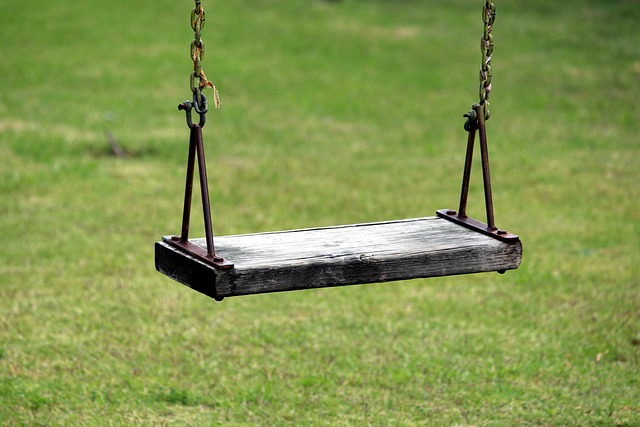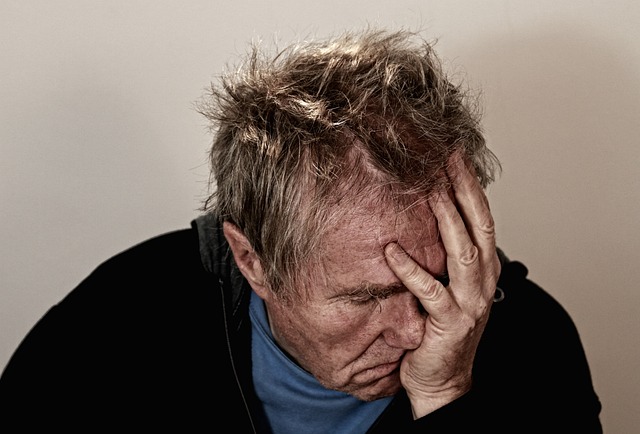The Silent Impact: Exploring the Connection Between Sexual Abuse and Deforestation in the Context of Environment and Climate Change
The intricate web of our ecosystem often reflects the complexities of human behavior and societal issues. When we think about deforestation, our minds may jump to the visual loss of trees and the immediate ramifications for wildlife and climate change. However, lurking beneath the surface is a more profound issue: the connection between sexual abuse and environmental degradation. This narrative is not only about the loss of trees but also about the voices that are often silenced in our quest for progress.
Deforestation poses a significant threat to the environment, contributing to climate change, which in turn exacerbates societal issues, including the prevalence of sexual abuse. In many marginalized communities, the destruction of forests leads to increased vulnerability. As natural resources dwindle, women and children often find themselves in precarious situations while seeking food, water, and shelter. The pressures of survival can lead to exploitation and abuse, creating a cycle that is difficult to break.
In regions where deforestation is rampant, the impacts ripple outwards, affecting not just local ecosystems but also the social structures that help to protect at-risk individuals. Climate change, fueled by deforestation, intensifies natural disasters, thereby displacing populations and increasing their susceptibility to violence. This connection is often overlooked, as the conversation around environmental issues tends to focus on the scientific data or the visible damage to nature, neglecting the human element that suffers in silence.
Moreover, the degradation of our forests signifies more than just a loss of biodiversity; it reflects a broader disregard for life itself, perpetuating a culture where abuse can flourish unchecked. Areas that lose their natural barriers become hotspots not only for environmental degradation but also for human rights violations. The connection between the environment and the societal implications of sexual abuse emphasizes the urgent need for integrated solutions that address both ecological and humanitarian concerns.
As we confront the challenges of climate change, we must also engage in discussions about the vulnerability of marginalized communities. It is essential to highlight the stories of those who face multiple layers of oppression—often compounded by their environment’s degradation. By acknowledging these connections, we can work towards comprehensive policies that not only combat deforestation but also protect the rights and dignity of individuals affected by sexual abuse.
In raising awareness about these intertwined issues, we begin to create a platform for collective action. It is through understanding the broader implications of our environmental policies that we can ensure no one is left behind. The fight against deforestation must be coupled with the fight for social justice, addressing the silent impact of sexual abuse while striving for a healthier planet.
As we advocate for sustainable practices, let’s keep in mind the human stories intertwined with every tree that falls and every abuse that goes unreported. By fostering an inclusive dialogue, we can empower communities to reclaim their narrative and advocate for both their environment and their rights. The path to healing lies in recognizing that environmental stewardship and the fight against sexual abuse are not isolated battles but rather two sides of the same coin, begging for attention and resolution in our rapidly changing world.




